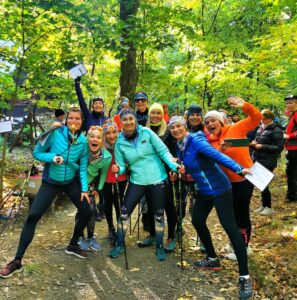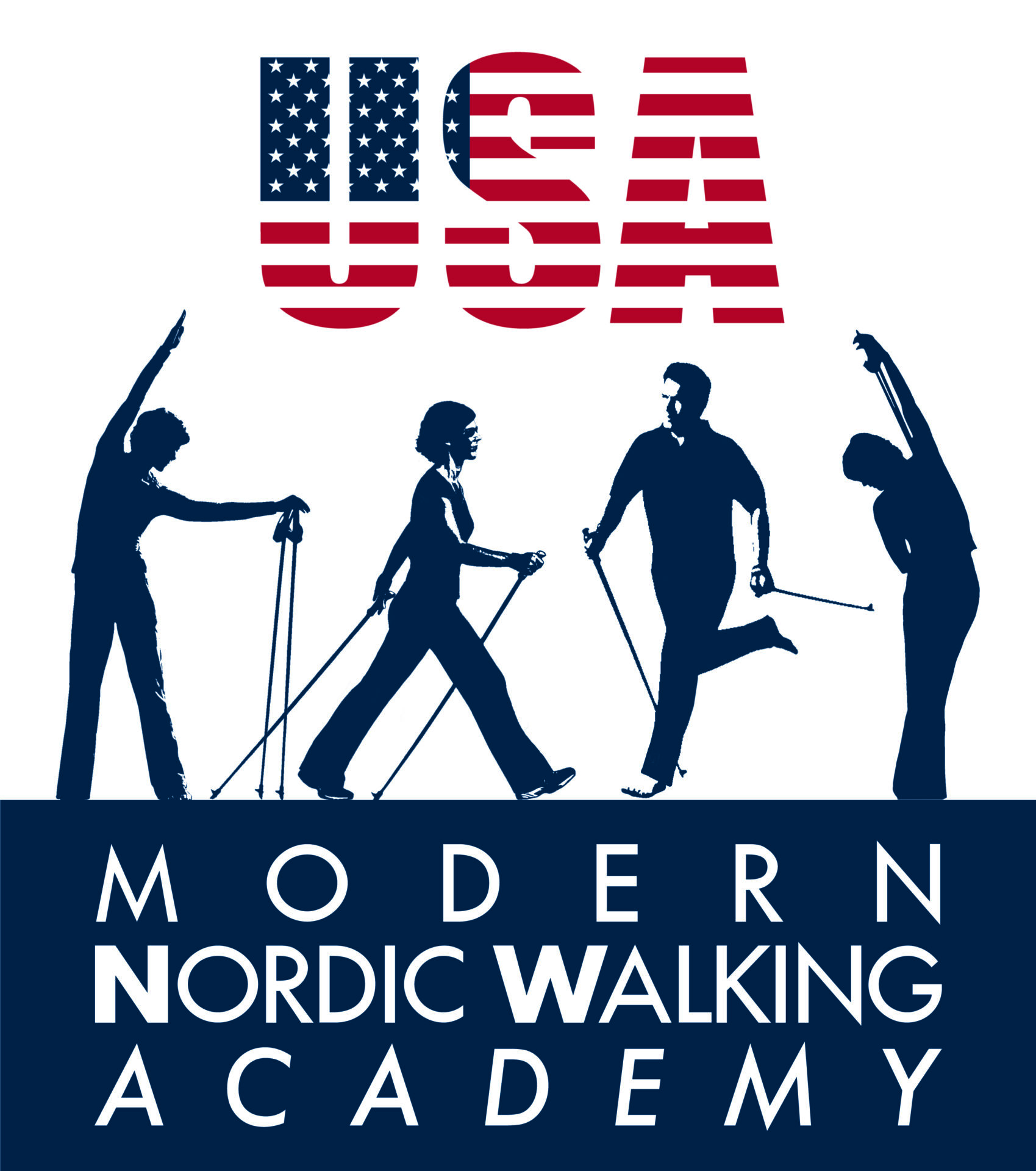
Nordic walking is also suitable for preventing the loss of bone mass and disorders in the microarchitecture of bones, which can lead to weakening and increased fragility. Through regular movement and the use of poles, mechanical stimulation is transferred to the bones via muscle tendons, which helps remodel and renew the bone structure. In 2009, Dr. Pusch, a professor at the University of Graz in Austria, conducted a study (unpublished to date) to determine the effects of Nordic walking on women with osteoporosis. The participants who regularly walked with poles experienced increased bone density in the hip joints and spine. Dr. Pusch concluded that Nordic walking is a valuable part of osteoporosis prevention and treatment.
Bone properties in postmenopausal women…
Osteoarthritis and Rheumatoid Arthritis
although these are different conditions affecting the joints, their symptoms often overlap and manifest similarly. Osteoarthritis is caused by excessive joint loading, while rheumatoid arthritis is an inflammatory condition affecting the joints, tendons, and muscles. Nordic walking improves overall walking mechanics and teaches individuals controlled walking. The muscles around the joints work with increased intensity and strength, stabilizing the joints, increasing flexibility, and reducing the load on them.
Inflammatory rheumatic diseases…
Fibromyalgia
is a painful condition caused by changes in certain chemicals in the brain and nervous system, resulting in heightened sensitivity in certain areas of the body. The pain primarily affects the muscles and fibrous tissues such as tendons and ligaments. This condition negatively impacts the quality of life. Nordic walking activates the muscles, mobilizes the upper body, and helps improve the stability of walking for individuals with fibromyalgia.
